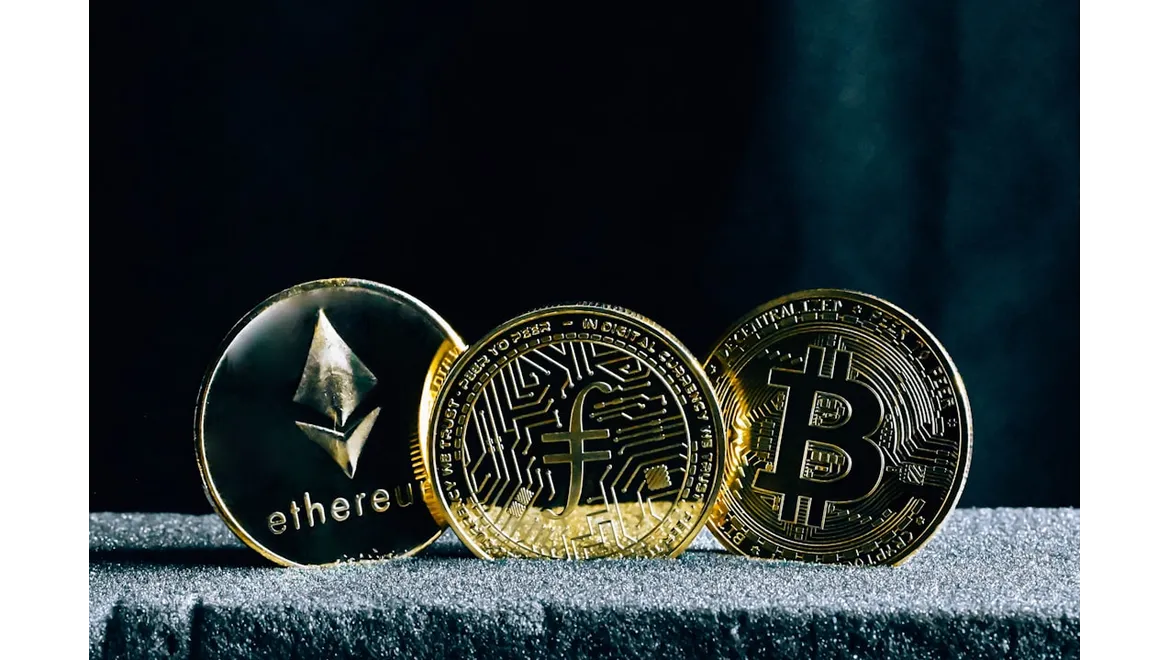So, I was grabbing a coffee with Muhammad the other day, and we got talking – as you do in crypto circles – about raising finance for token projects. Specifically, we were chewing over a few articles I’d been reading about ICOs, IEOs, and STOs. I wanted his take, given he’s been around the block a few times. The discussion quickly evolved, and I wanted to share what I learned from Muhammad’s experiences.
“Right,” I said, stirring my latte, “These articles are saying IEOs are good because you get the exchange’s reputation lending credibility. Is that really how it works? It feels a bit… simplistic.”
Muhammad chuckled. “It’s not magic, mate, but the core idea is sound. Think about it: if Binance, for example, lists your IEO, people assume some level of due diligence has been done. It’s not a guarantee of success, by any means, but it certainly cuts through some of the noise and scepticism that surrounds new tokens.”
He went on to explain that exchanges have a vested interest in only launching projects they believe have a reasonable chance of success. It protects their reputation and, frankly, it’s good for business. Less rug pulls equal more trust, which means more users and trading volume.
“But,” he cautioned, “It’s not all sunshine and rainbows. The selection process to get listed on a reputable exchange can be brutal. You need a solid whitepaper, a working prototype, a clear roadmap, and a strong team. And even then, there’s no guarantee.”
That got me thinking about how you’d even begin to choose an exchange. One of the articles had briefly touched upon it, but I wanted more detail.
“So, Muhammad, say I do have a project that ticks all those boxes. How do I decide which exchange to approach? There are hundreds!”
He leaned forward. “That’s the million-dollar question, isn’t it? First, consider your target audience. Where are they located? Which exchanges are popular in those regions? If you’re targeting a Western audience, Binance, Coinbase (if they offer IEOs in your region), or Kraken might be good options. If you’re focused on Asia, look at exchanges like KuCoin or Gate.io.”
“Second,” he continued, “look at the exchange’s trading volume and user base. A larger user base means more potential investors. But also consider the level of competition. A smaller exchange might be easier to get listed on, but the potential reach will be smaller.”
He then touched on something the articles had mentioned: fees. “Don’t forget the exchange listing fees! These can be substantial, and they vary wildly from exchange to exchange. Make sure you factor this into your budget. And remember, they often want a cut of the tokens raised.”
We then moved on to the potential downsides, specifically the reduced autonomy that comes with an IEO. The articles had mentioned this, but I hadn’t fully grasped the implications.
“What about this ‘reduced autonomy’ thing?” I asked. “How much control do you really give up?”
“Quite a bit,” Muhammad admitted. “The exchange will likely have a say in the token sale price, the timeline, and even the marketing strategy. They have their own processes and protocols, and you’ll need to adhere to them. You are leveraging their reputation and expertise, which comes at a cost.”
“It’s a trade-off,” he summarised. “You gain credibility and access to a pre-existing user base, but you lose some control over the process.” He emphasised the importance of carefully weighing up these pros and cons before deciding on an IEO.
Finally, we discussed the broader context of ICOs and STOs. The articles had provided a decent overview, but Muhammad offered a real-world perspective. He highlighted the advantages of ICOs – greater autonomy, potentially higher returns – but also the significant risks, particularly regulatory scrutiny and the potential for scams.
STOs, on the other hand, offer greater security and regulatory compliance but are generally more complex and expensive to set up. He stressed that there’s no one-size-fits-all solution; the best approach depends on the specific project, the team’s expertise, and their risk tolerance. Choosing the appropriate fundraising method is essential.
To summarise what I gleaned from Muhammad, consider the IEO route if you need an initial boost to credibility and audience reach in cryptocurrency fundraising. Be aware of selection criteria when deciding on an appropriate exchange and the fees involved. There are also many advantages and disadvantages between ICOs, STOs and IEOs and the best route depends on individual factors for each token sale. I think this is something that I would be capable of replicating myself.
